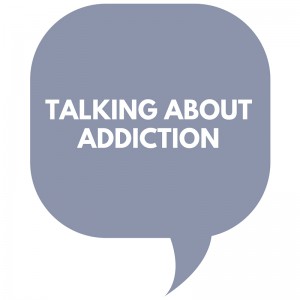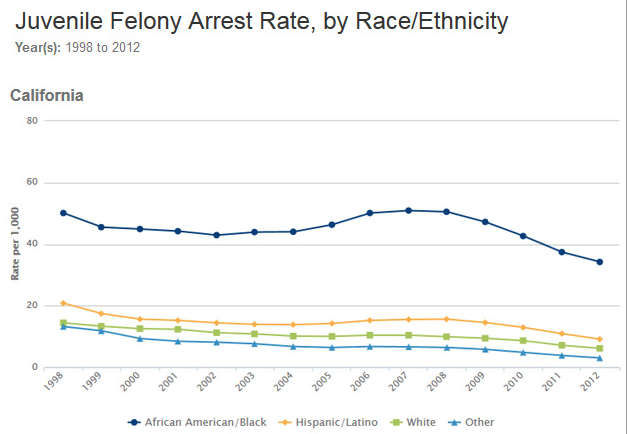Talking About Addiction
By Anonymous, June 08 2016
 On June 1, 2016, our Reclaiming Futures national executive director Evan Elkin spoke at Red Emma's in Baltimore for Open Society Institute-Baltimore's second event in their "Talking About Addiction" series. Elkin was accompanied on the panel by Dr. Hoover Adger from Johns Hopkins Children's Center and by Carin Callan Miller, who founded Save Our Children Peer Family Support. The conversation was moderated by Scott Nolen, director of OSI-Baltimore's Drug Addiction Treatment Program. A full room of community members joined them for the evening, including families affected by adolescent addiction.
On June 1, 2016, our Reclaiming Futures national executive director Evan Elkin spoke at Red Emma's in Baltimore for Open Society Institute-Baltimore's second event in their "Talking About Addiction" series. Elkin was accompanied on the panel by Dr. Hoover Adger from Johns Hopkins Children's Center and by Carin Callan Miller, who founded Save Our Children Peer Family Support. The conversation was moderated by Scott Nolen, director of OSI-Baltimore's Drug Addiction Treatment Program. A full room of community members joined them for the evening, including families affected by adolescent addiction.
Youth, Addiction and the Juvenile Justice System
Whereas the first "Talking About Addiction" event explored alternative law enforcement approaches to addiction, this event focused on youth, addiction, and the juvenile justice system. Despite public acknowledgment of the failures of the "War on Drugs," and an increased understanding of addiction as a public health issue rather than a criminal justice issue, OSI-Baltimore recognizes that research and policy around adolescent addiction are slow to reach the mainstream. Indeed, during the discussion, some attendees expressed frustration with how long addiction treatment reform is taking; OSI moderator Nolen suggested reassurance that the addiction paradigm is finally shifting.


 The
The  A new
A new  In “
In “